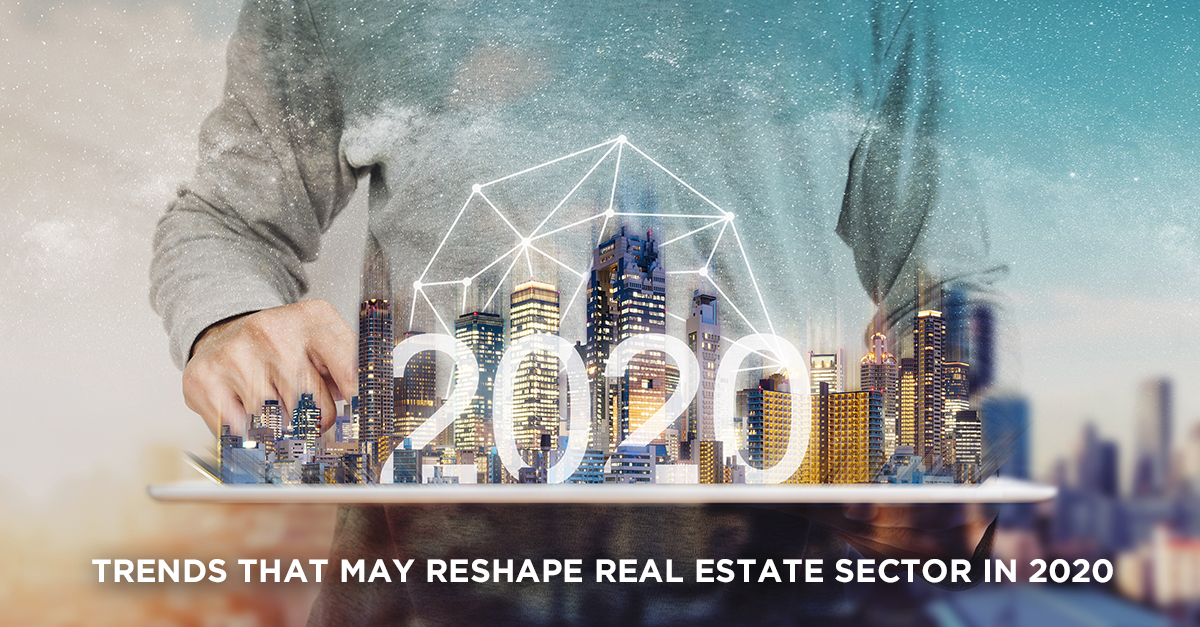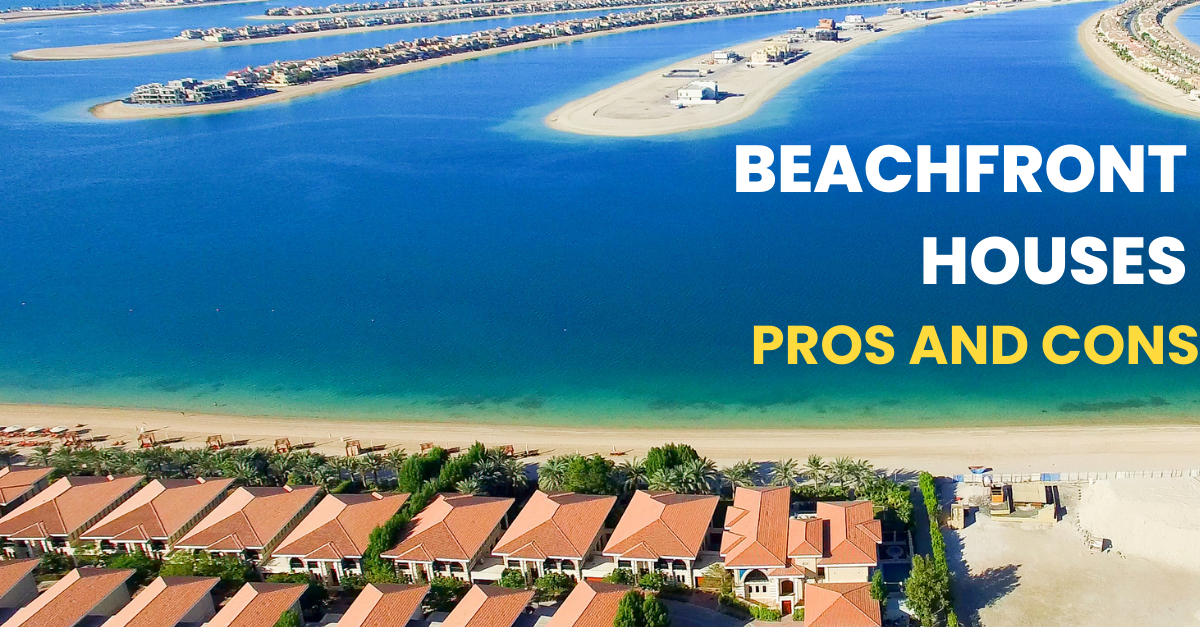Trends that may reshape real estate sector in 2020
Real estate trends, by virtue of their nature, are dynamic. Although they typically outlast business cycles, they can change multiple times in a single cycle as well. The year 2019 was characterized by muted global economic growth, market volatility, geopolitical issues and trade standoffs, which impacted the real estate economics of locations – cities, countries and continents – in the context of their real estate lifecycles. Heading into 2020, the macroeconomic outlook seems promising, and the real estate sector looks poised to take on a central role in the larger financial ecosystem. Here are seven real estate trends to watch for, in 2020.
High risk, high reward in fast-growing cities
Experts predict a broad risk-return spectrum this year, in light of disruptions, the emergence of new value drivers and rapid social change. This trend is particularly amplified in fast-growing cities, where migration from rural areas and satellite towns, as well as internal migration, are expected to drive developments that could result in high rewards. However, this entails a wide range of risks as well, from climate change to customer behavior and much else. In a late-cycle, low-yield environment, investors are viewing sound demand-supply balance as an opportunity, despite short-term political risks and regulatory roadblocks. While the commodity prices pose a challenge in Middle Eastern markets, the Asian markets are likely to be muted by economic slowdown.
Rising global capital investments
PwC predicts private capital to play a critical role in funding the growing and evolving needs, within real estate and its associated verticals(1). According to the firm, the global stock of institutional-grade real estate will expand by more than 55% from US$29 trillion in 2012, to US$45.3 trillion in 2020. At the same time, a lull in global economic growth has caused central banks around the world to cut short-term rates. Such supportive financial intervention will incentivize income-focused investors. The investment towards income properties has eclipsed other segments since 2018, and will continue on the same trajectory in 2020.
Technology and sustainability
Cities are responsible for 70% of the world’s energy-related carbon emissions despite occupying a mere 2% of the land. If the current conditions persist, by 2050, there could be 200 million environmental refugees worldwide. Knight Frank expects climate action to influence the prime residential market in 2020, with developers working towards reducing their carbon footprint and promoting net-zero energy projects. All in all, the goal for existing buildings in 2020 is to attain a favorable ‘sustainability rating’, while new buildings may have to satisfy these parameters from the outset. Technology is emerging as the most viable option to achieve these sustainability goals, and as a result, Proptech is likely to continue to generate massive interest and investment in 2020, as it has consistently in recent years.
The demographics
According to Nielsen research, 73% of millennials are willing to pay extra for sustainable products. Additionally, millennials are driving the direction of the overall property market, with their numbers, growing wages and an age that is traditionally associated with property purchase. As per the findings of Realtor.com, millennials constituted 45% of the home buyers in the United States, while the Generation X and baby boomers made up 37% and 17%, respectively(2). It is worth noting that millennial home buying trend is not ubiquitous across the demographic. Some continue to favour renting over owning due to affordability concerns, high mortgage rate and the need for flexibility. Irrespective of buying or owning, millennials will have a profound impact on both markets due to their sheer numbers, in 2020.
Co-living and sharing economy
The rise of the sharing economy has brought new possibilities to the fore. Its disruptive effect has already impacted leading markets, such as the US and the UK, but the effect is still growing in Asia and the Middle East. In Hong Kong, where affordability remains a concern, professionals – millennials in particular – are embracing co-living. The advantages of co-living are not limited to affordability. In Dubai, co-living means community, convenience and cost, where affordability concern is secondary to an entrepreneurial spirit that the co-living revolution exudes. Since 2015, global co-living funding has grown by 210%, and heading into 2020, the growth is expected to be exponential in growing cities with a sizable youthful population.
Geopolitical economics
The post-Brexit UK is experiencing a decade-high property boom, along with a ripple effect across Europe. Even the Paris property market witnessed a demand surge in the wake of Brexit, while the steady drop in Pound Sterling means higher foreign investment opportunities, especially in the London market, during 2020. The long-standing US-China trade standoff is beginning to subside, resulting in a much-needed stability, especially for dollar-pegged currencies like Dirham and Riyal. The coronavirus outbreak in China, protests in Hong Kong, looming uncertainty in the EU and the upcoming US election have led to an increased investor focus on Australia and Middle Eastern nations, which offer a comparable degree of stability.
Mixing bricks-and-mortar and clicks-and-mortar
In 2020, JLL expects CRE owners to reposition retail centers from shopping-only properties to hybrid centers that provide experiences and services including, but not limited to, co-working and co-living spaces(3). This development coincides with traditional retailers having come full circle back to brick-and-mortar in the ecommerce age, with a shift towards omni-channel distribution models. The resulting development is mostly concentrated in urban areas, as companies strive towards being closest to the demand side, save on logistics and deliver value to customers.
According to industry experts, 2020 is the year when policy makers and governing bodies truly view real estate within a macroeconomic framework. This could inadvertently lead to new regulations and collaborations under a public-private partnership model, mostly aimed at developing public infrastructure and enhancing general quality of life. Also on the agenda is the dire need to address decentralization, shifting the focus towards second-tier cities, where the risk is low and reward is high, and where the feasibility of affordable housing development is high.




